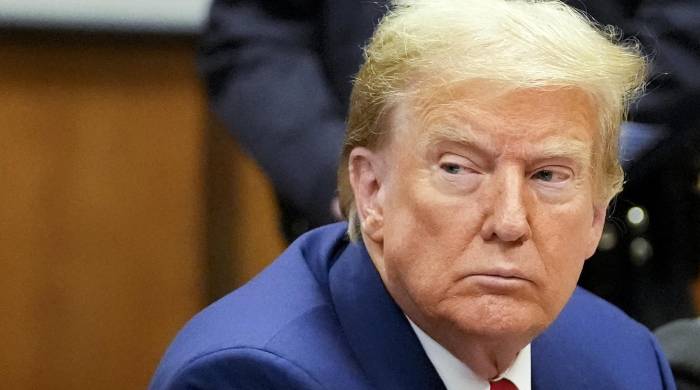Concesionaria Madden Colón llevó a cabo un simulacro de accidente sobre la autopista como fase final del Curso de Formación de Brigadas de Emergencias,...
- 08/05/2009 02:00
- 08/05/2009 02:00
Panama new car sales fell by 20 percent during the first quarter of 2009, says Cesar Durufour, sales manager for Ricardo Perez Toyota. He adds that Toyota sales are still strong, particularly in Cocle and Bocas Del Toro. In fact, three out of ten buyers still opt for a Toyota in Panama, in spite of the fact that the company’s world sales declined 42 percent during the first three months of 2009. Toyota’s closest competitors in this country are Nissan and Hyundai, though diesel truck-maker Hino sales have soared 67 percent this quarter. Hino, a subsidiary of Toyota, is the leading producer of medium and heavy-duty diesel trucks in Japan.
FORD’S “BETTER IDEA”. Ford is burning through less cash than GM and Chrysler and it has enough borrowed cash reserves to last through 2010 as it awaits an infusion of small cars imported from its European and Japanese partners. It will also use some of its factories to build small cars like the revamped Focus.
The only downside to this marketing plan is that Ford has never had a successful European transplant in North America (remember, the Cortina, Merkur, Land Rover, and Jaguar models?).
Ford has cut its $25.8 billion debt by $9.9 billion (this will reduce interest payments by $500 million a year) and modified its contract with unions to produce more savings. More importantly, two years ago, Ford’s Chief Executive Alan Mulally, mortgaged most of Ford’s assets — including its iconic blue oval logo — for $23 billion to finance its latest restructuring plan. Today, Ford has around $30 billion on hand, enough to finance its day-to-day expenses for another year, when auto sales are expected to pick up again. If sales don’t improve, you can bet Ford will be knocking on Obama’s door.
Nevertheless, reducing liabilities and the interest burden is a strong positive for the company. In fact, Ford is the only one of the Detroit Three carmakers that has not taken government bail-out money.
Although Ford sales were down 32 percent from a year earlier, its 16 percent market share beat back Toyota as America’s No. 2 automaker. GM has 21 percent of the market, despite a 34 percent sales drop. After Toyota, bankrupt Chrysler, reported the sharpest decline among major carmakers, falling 48 percent.
If North American auto sales remain dismal all bets are off and Ford could file for bankruptcy by the end of 2010. Still, Ford added market share in April, thanks to record sales of its fuel-efficient midsize Fusion. And with Chrysler now in bankruptcy, Ford and GM will likely capture that company’s traditional customers.
CHRYSLER STIFFS THE FEDS. Forget the repayment of the $4 billion worth of US “loans” already bestowed upon Auburn Hills. All of it’s disappeared down the ChryCo-shaped rat hole. The Detroit News reports: “Ron Manzo, a senior financial advisor to Chrysler, said it is ‘highly likely’ the government will recover nothing. He also noted that Chrysler isn’t required to pay interest on the $4.5 billion in debtor-in-possession financing”
And, the feds have promised the new Chrysler $6 billion more in exit financing, plus, an unspecified amount of money for GMAC.
CAMARO IS BACK. There are only a few old Camaros in Panama. But I’m betting there will be lots of new ones in the future following the car’s launching six weeks ago. Priced at $23,000, versus the Mustang’s $21,845, GM’s sporty coupe offers a 304-hp V6 engine coupled to a manual transmission. It’s wider, larger, longer and rides lower than the Mustang, which comes with a less-powerful 210-hp V6. Interestingly, Camaro’s highway fuel economy is 29 mpg; the Mustang’s is pegged at 26 mpg. In the city, the Ford is more frugal at 18 mpg, versus the Camaro’s 17 mpg.


















